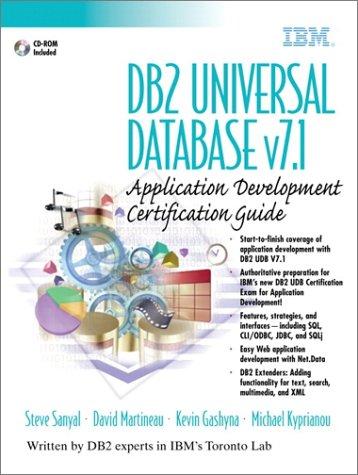Answered step by step
Verified Expert Solution
Question
1 Approved Answer
In the video for this week, you were introduced to the idea of unweighted degree centrality. The unweighted part of this metric refers to how
In the video for this week, you were introduced to the idea of "unweighted degree centrality." The "unweighted" part of this metric refers to how we treat the edges, and it's worth briefly elaborating on the concept.
In a social network graph, we can assign a "weight" to each edge that ascribes some quantitative value to the relationship between the two vertices that that edge connects. For example, if we're building a network graph that describes the physical distance between two people, then the weight of an edge might be the number of miles separating those people. For instance, if Andy and Bernard live five miles from one another, the edge between them would have a weight of five. In that case, the larger the number, the more distant the vertices are. In other contexts, we might want larger weights to describe a closer relationship, particularly in interpersonal networks, such that two vertices connected by an edge with weight of would have a more intimate relationship than two other vertices connected by an edge with, say, weight
When we compute the weighted degree centrality of a vertex, we add up the weights of all edges connected to that vertex. Unweighted degree centrality, on the other hand, ignores edge weights, instead treating every edge as having a weight of whereas every dyad that was not connected could be deemed to have an edge with a weight of Thus, all relationships that exist in the network are considered to be identical. You then just count the number of edges connected to any given vertex, and that's its unweighted degree centrality. That's why, as stated in the video, unweighted degree centralitywhich is what is being reported in analytics like the number of followers someone hasis the most rudimentary method that can be used to assess how important a given vertex is as a lot of information is stripped away when we provide that figure.
Bearing all that in mind, if you've ever held any kind of social relationship with another human being, you know that not all relationships are equal, so it's worth accounting for edge weights whenever we can. Since a number of you have expressed an interest in working with social media data, what kinds of quantitative "weights" might be important to you? Likewise, how would you get the necessary data to incorporate those weights into a network graph?
Step by Step Solution
There are 3 Steps involved in it
Step: 1

Get Instant Access to Expert-Tailored Solutions
See step-by-step solutions with expert insights and AI powered tools for academic success
Step: 2

Step: 3

Ace Your Homework with AI
Get the answers you need in no time with our AI-driven, step-by-step assistance
Get Started


